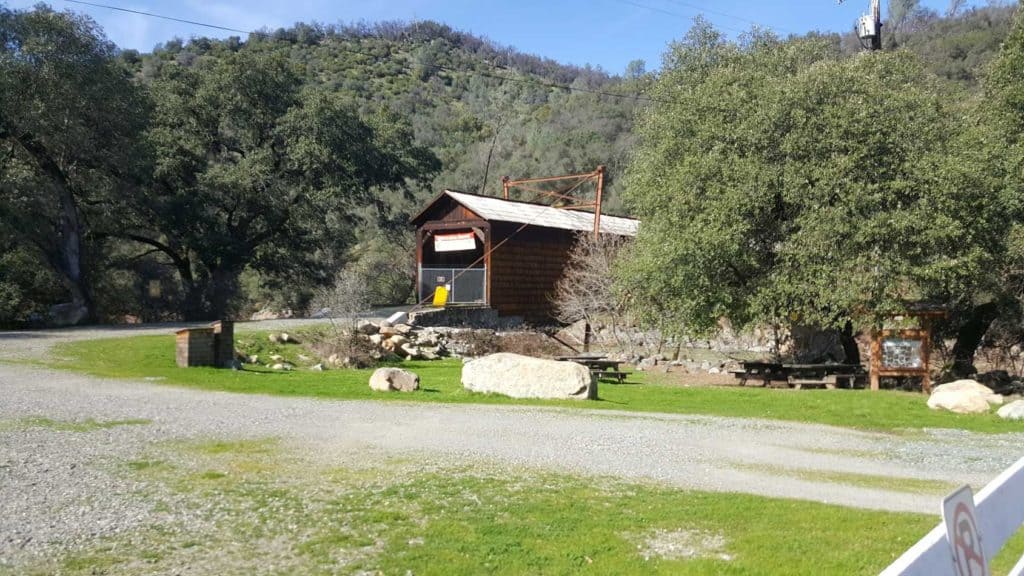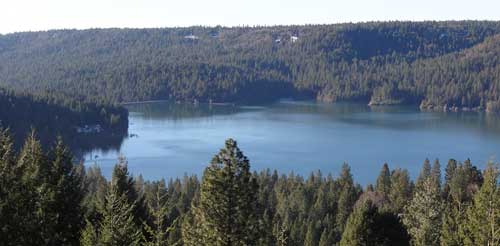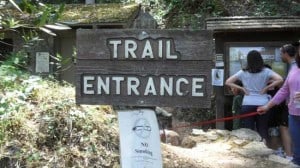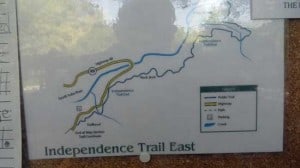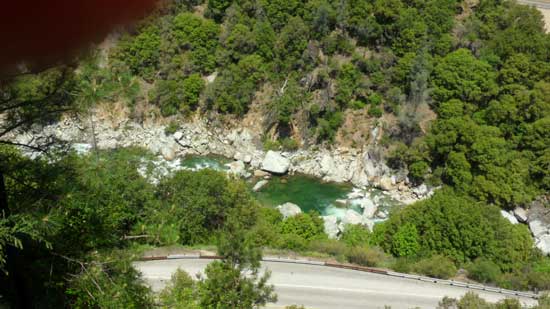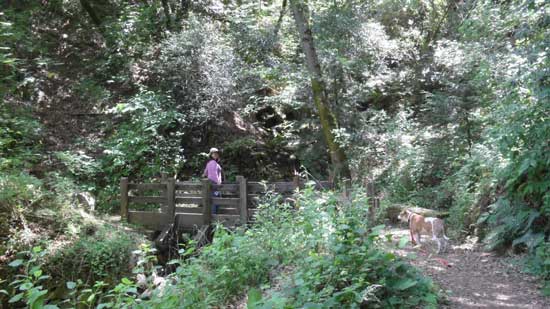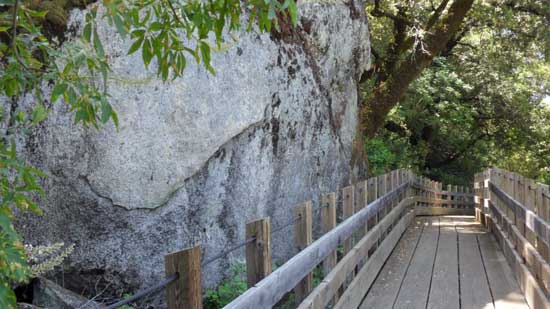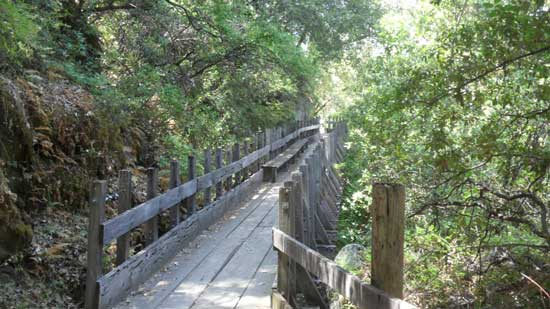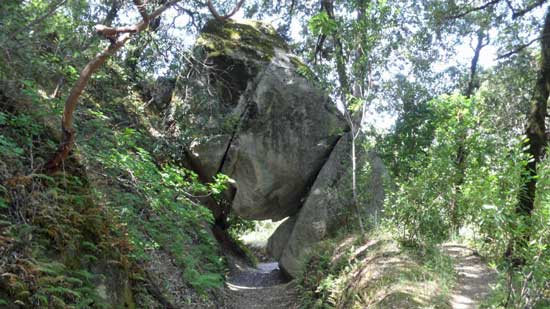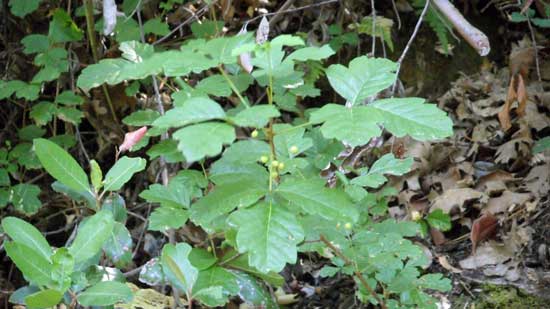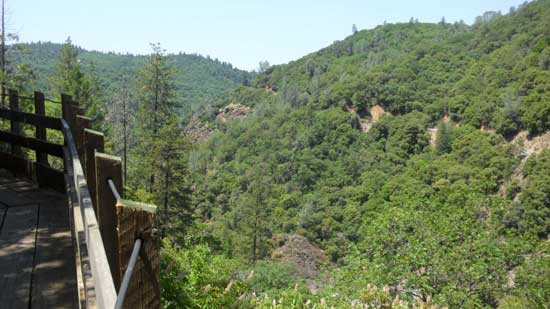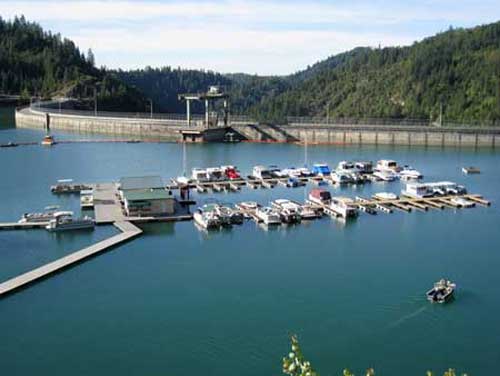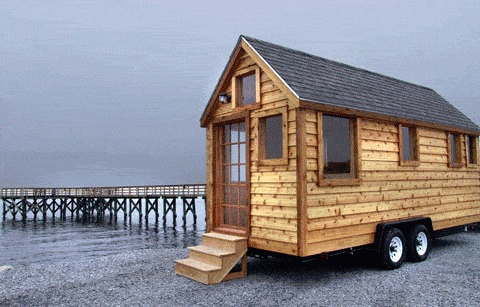
by Lisa J. Lehr
Exercise is good. Some of us have undoubtedly made a New Year’s resolution to exercise more. And walking is, for most people, the best choice because it:
1. Doesn’t require much training;
2. Doesn’t require special equipment;
3. Doesn’t (usually) require travel to a special place, such as a gym, pool, or recreational area.
Now, number 3 is somewhat qualified because, while most people in Nevada County live on or near a road with reasonably little traffic, walking on a paved road poses its own set of problems. If you get your regular exercise by walking along a public roadway, you may have noticed persistent or intermittent pain in the joints or muscles of your right leg.
In most places, public roads are constructed with “crowning”; that is, the road is higher at the center and slopes down to the sides. This is to help rain and melting snow run off more quickly instead of pooling in the middle, creating a driving hazard and damage to the road.
We learned as children to walk facing traffic, for obvious safety reasons: if an approaching car is too close to you, you can see it in time only if it’s approaching from the front—unless you have eyes in the back of your head (or wear a little tiny rear-view mirror, as cyclists sometimes do). The problem for walkers is that, as you walk along the edge of the road, one foot is always landing on a higher surface than the other. And over time, this can lead to pain in the hip, knee, and/or other parts of your leg. That, in turn, may discourage you from exercising; or you may just “live with” the pain, having no idea that it’s fixable. I actually lived with this problem, off and on, for a couple decades before it dawned on me what might be causing it!
Here are some suggestions to avoid one-sided leg pain:
1. Traditional wisdom suggests that pedestrians “should” walk on the side facing traffic. Laws may vary from one locality to another, although I’ve never heard of anyone being ticketed for walking on the “wrong” side of the road—and I certainly see lots of people doing it. Safety is our primary concern; however, I spoke to a physical therapist about this matter, and he recommends alternating sides every quarter mile.
2. If you walk on a rural road and/or exercise very early in the morning or late in the evening, you may be able to get away with walking in the middle of the road. Be aware of your surroundings, turn off your iPod so you can hear any approaching vehicles, and get out of the way if one comes.
3. Look ahead as you walk and try to spot places where the shoulder flattens or slopes back up; adjust your path to give your right leg a rest. Much of Nevada County’s roadways have irregular curbing (meaning none, or covered with dirt, etc.), and there are often places where you can walk off the pavement.
4. Whenever possible, walk at a park or other place that has designated walking paths. Yes, this may require a trip in a car, but it may be the solution for you.
5. Do not walk on the sidewalk. Sidewalks may be flat, but concrete is an even harder surface than blacktop, and the resulting foot and leg pain may be even worse.
6. Make sure you’re wearing good shoes—shoes that are designed specifically for walking and not for some other sport. Wear good socks too (not too thin). Interestingly, I just read an article in the Sunday Bee about running barefoot. The practice seems to have a lot of followers! Speaking for myself, the fear of foot injury is too great, but feel free to investigate this.
Whatever you decide to do, don’t use one-sided leg pain as an excuse to stop exercising. Simply try the above suggestions to work with the problem. See a physical therapist if necessary. As a last resort, choose another type of exercise, at least until the leg pain eases.
Lisa J. Lehr is a writer, copywriter, and fitness enthusiast living in Grass Valley. She can help you promote your business with a full range of online and offline marketing pieces. A member of Empire Toastmasters, she’s available to speak to your business or professional group. Visit her website www.justrightcopy.com for more information, opt in for a message series, and receive a free Marketing Guide.
—
Lisa J. Lehr
I write words that make you money–just ask me how.
Vist Just Right Copy
Visit my website and sign up for my free marketing tips.
New! No cost Marketing Guide now available at my website.
